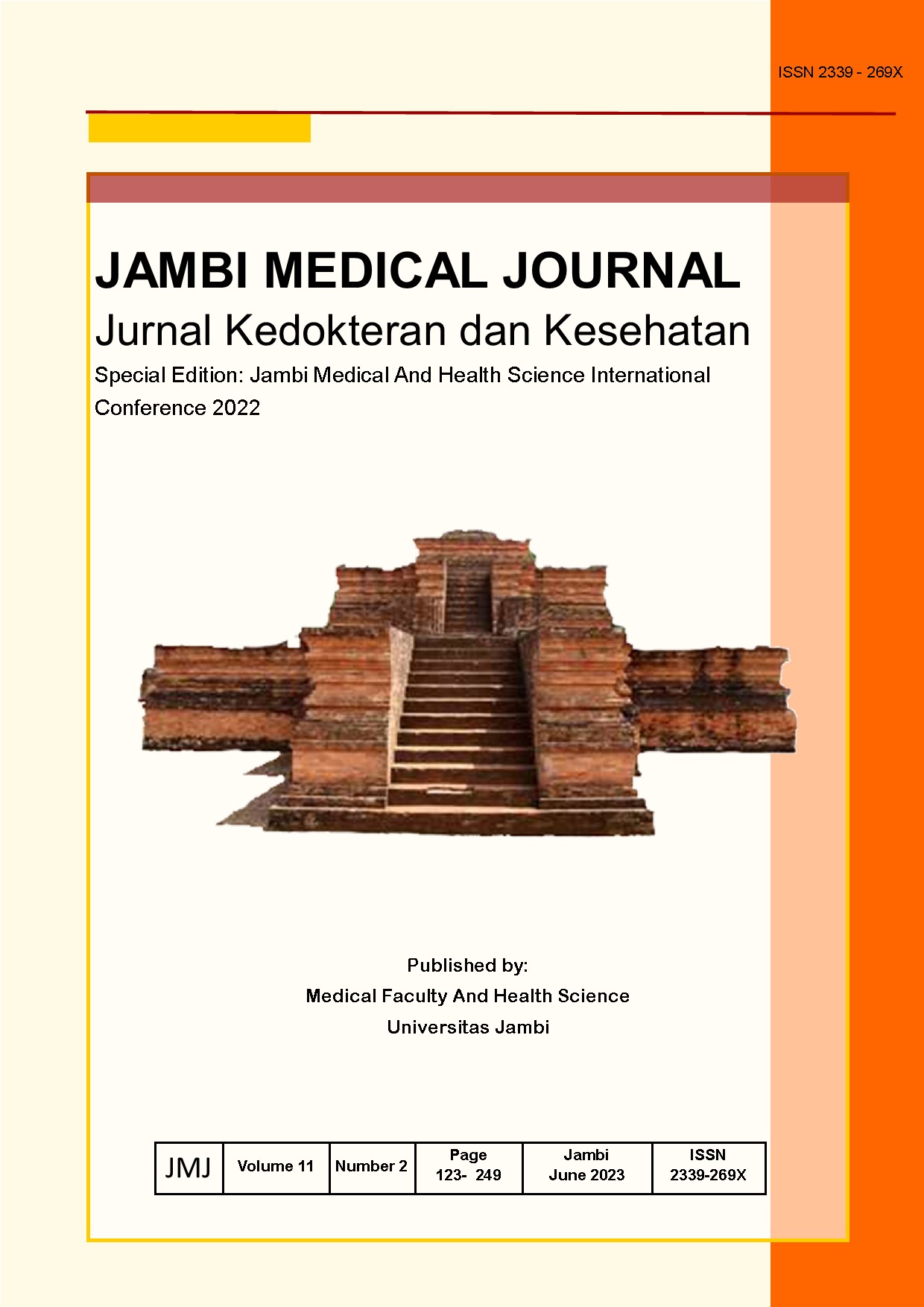ANALYSIS OF ENABLING FACTORS IN HEALTH INTEGRATED EARLY CHILD EDUCATION SUPPORT SYSTEM IN TANJUNG JABUNG TIMUR DISTRICT, 2022
DOI:
https://doi.org/10.22437/jmj.v11i2.25121Abstract
Background: Indonesia has implemented social services for early childhood, such as health and nutrition services at Integrated Service Posts, Daycare Parks, Playgroups, Early Childhood Education. In East Tanjung Jabung the number of active integrated service posts is 58.68% higher than the provincial average and the coverage of baby visits to posyandu is 102.5%. There are 291 early childhood education units with a percentage of early childhood screening coverage of 97.2% in 2018 and 97.4% in 2019, decreased to 36.8% in 2020 due to the pandemic. Methods: mixed-method research with quantitative analysis to see the different characteristics of service posts, and qualitative analysis of 4 postal managers, 4 postal tutors, and 2 postal cadres. A total of 16 early childhood educations are divided into 4 types of systems, namely traditional, integrated early childhood education, integrated health preschool, and pilot stunting locus of early childhood education. Purposive sample selection. Data collection time is August-November 2022. Research results: based on a quantitative analysis of system-supporting factors that influence the success of health-integrated early childhood education compared to other types of early childhood education, namely the number of meetings per month (p value = 0.033), the length of time preschool operates (p value = 0.033), the level education of early childhood management (p value = 0.036), and periodic training attended by cadres (p value = 0.021). Going deeper into the qualitative analysis, it was found that the supporting factors were human resources as tutors who were able to fulfill their obligations well, and had creativity to support and maximize learning activities and achievements. Conclusion : The differences in the effectiveness and efficiency of each early childhood education program depend on the role of administrators, tutor capacity, funding, multi-sectoral support, and community participation











